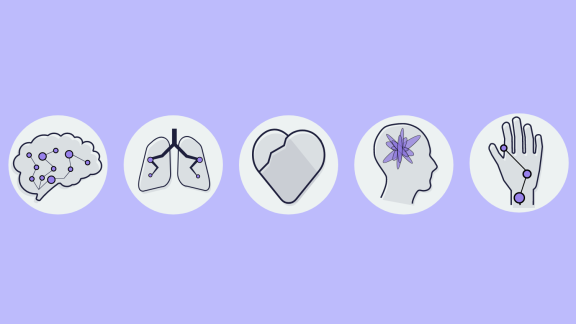
Introduction
Occupational health (OH) is a specialist clinical service that provides clear benefits to staff and patients, as well as contributing to the productivity of an organisation as an investment in the health and wellbeing of the workforce.
The aim of this guide is to ensure NHS organisations are clear about what they can expect from their OH service. It also provides guidance on how they can monitor that service, and what to do with the information to ensure the service delivers the best support to staff.
Where NHS organisations prioritise staff health and wellbeing, performance is enhanced, patient care improves, staff retention is higher and sickness absence is lower. There is also evidence that access to good OH support improves staff engagement and can contribute to cultural change.
What to expect from your OH service
SEQOHS accreditation
OH providers supporting NHS staff must either have Safe Effective Quality Occupational Health Service (SEQOHS) accreditation or be working towards it. This accreditation places expectations around six domains, with a recent update coming into effect in November 2023.
The six domains applicable to all OH services are:
- Governance and finance
- Resources and processes
- Outputs and outcomes
- Information and communication
- Quality assurance and improvement
- Sector specific standards (optional).
NHS core services
For OH services delivering to the NHS, additional standards relating to their ability to deliver six ‘core’ services is required, detailed below.
You may be unsure whether your OH service provider is meeting some of the above standards, in this instance we encourage open conversations between OH and HR teams.
For more information about the core standards, please refer to our commissioning occupational health services guide.
The NHS Health at Work Network represents in-house NHS OH services in England, and is also a useful source of support and advice.
Minimum standards checklist
The above standards and expectations for OH service delivery are summarised in the following checklist, which you can download and use to assess your organisation's OH service.
Monitoring your OH service
The following section of this document is to assist HR teams within NHS trusts and OH services in knowing which data to collect to assess and monitor the health and wellbeing of the workforce, demonstrate a commitment to staff health and wellbeing, and monitor the activities and quality of OH services and care.
Metrics to monitor OH service activities
It is important to recognise how OH services are used. You can do this by speaking to your OH service provider and asking for records and statistics about the service. Part of the minimum standards is around data provision, so they will be able to provide the following information:
- number of referrals from managers
- number of self-referrals
- number of telephone enquiries handled
- number of email enquiries handled
- number of sharps/contamination injuries managed
- number of vaccinations given
- number of workplace visits
- number of training courses/lectures delivered
- number of health surveillance assessments made.

The information gained by tracking these statistics every month and creating an annual report could help determine how you develop your OH services going forward.
Metrics to monitor OH service quality
The following metrics – which your OH service provider should be able to provide upon request – will show how responsive and effective your OH services are in impacting on the health and wellbeing of staff.
OH providers supporting NHS staff should produce an annual audit plan and provide periodic reports demonstrating the actions that have been taken as a result of audit. This plan should normally be included in and monitored with trusts’ complete plans for audit in all clinical services.
OH providers supporting NHS staff should undertake systematic audit of their clinical practice and participate in clinical benchmarking/audits. The main source of audit support and clinical benchmarking is the Faculty of Occupational Medicine’s MoHaWK service.
What to do with the information
Once you have collated the information you can see how healthy your workforce is, how effective the OH service provider is, and the impact that OH service has on staff health and wellbeing. You will then be able to work with the provider to develop the service based on the needs of your staff.
In order to improve your OH services you'll need to speak to a wide variety of audiences. The examples below show the types of information different working groups may want or need.



